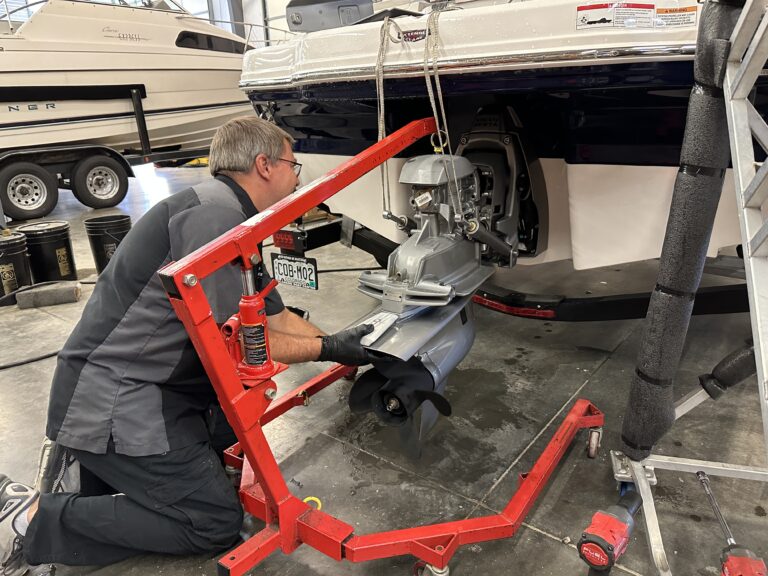7 Things Not to Do
OK, Class: settle down. Turn off the phones. Feet on the floor. Pay attention.
Today, we’re not going to talk about the “do’s” of boating…today is “DON’T” day. Our list of things NOT to do on your boat is not designed to embarrass or ridicule anyone. These are all things that anyone could forget, or overlook, or maybe not know.
That’s why we’re here…to help you operate your boat safely, without incident, without heartache…so you and your family can have a great time every time you get out on the water.
So, ready? Pencils up. Here’s our list of seven things NOT to do on your boat.
- Ignore Your Fuel Gauge
You’d think any captain worth his epaulets would always check his fuel levels, right? You’d be wrong. Some just glance at the fuel gauge (if there is one) and assume that if there’s anything in the tank, it’s good to go.Fuel gauges are notoriously inaccurate. Savvy captains top off their tanks before every voyage, no matter how short a route is planned. Savvier captains keep a fuel log so they know (a) the capacity of the fuel tank on their boat, (b) how many hours the engine has run and (c) the average number of gallons burned per hour. With that data, a captain should be able to calculate how long the boat will run until empty.Rule of thumb? One-third of the tank for the trip out, one-third for the trip back, one-third to keep in reserve, “just in case.”
- Put Battery Switch on “ALL”
Boaters should start off with two fully charged batteries, then choose one of the two available battery switch positions for running, either 1 or 2. Only use the “All” or “Both” position if it is an emergency when both batteries are discharged to the point that neither of them alone will crank the engine over but two can do it together. How do you know which battery switch setting to use? One way is by alternating their use, using 1 for odd-numbered days and 2 for even-numbered days.
- Invite Everyone Onboard
Your boat has a maximum weight capacity for a reason. Don’t ignore it, or you’ll learn the hard way that an overloaded boat is more likely to swamp or capsize.
- Forget about that drain plug
Nothing will ruin a promising boating day faster than having your boat fill up with water right after launch. Never assume or take for granted that your boat’s drain plug is in. Always double check it.
- Lights? We don’t need no stinkin’ lights!
We’ve all gone out with faulty navigation lights, sure we’d be back before night fell and they would be needed. We weren’t. And they were. Such are the causes of tickets — or accidents. Horns are flaky too, but a whistle is an always-ready backup that could help avoid a crash.
- Dock fast
Docking skills require practice and experience to get just right: wind and weather don’t help. First of all, slow down. Never approach the dock faster than you’re willing to hit it—but don’t slow down too much, or you’ll fall short of your target (it’s a delicate balancing act). Short bursts of power will allow you to maneuver without building up too much momentum. Really, it’s a skill that will come with practice—so don’t be afraid to approach the dock a couple of times to get your positioning just right.
- Deep thinking
Running aground isn’t just a rookie mistake—it’s something that happens if you haven’t spent enough time with the nautical charts for the lake or body of water you’re on. Buoys and markers can only do so much! Make sure you have good, up-to-date intel about shallows and hazards wherever you’re boating. If you need to get around a marker, slow down—hitting a hidden rock at top speed is never a good experience.
There are a lot more do’s and don’ts in boating. And you’re never too experienced to learn something new! So get out there and have fun…just keep your eyes open at all times.
Class dismissed.




